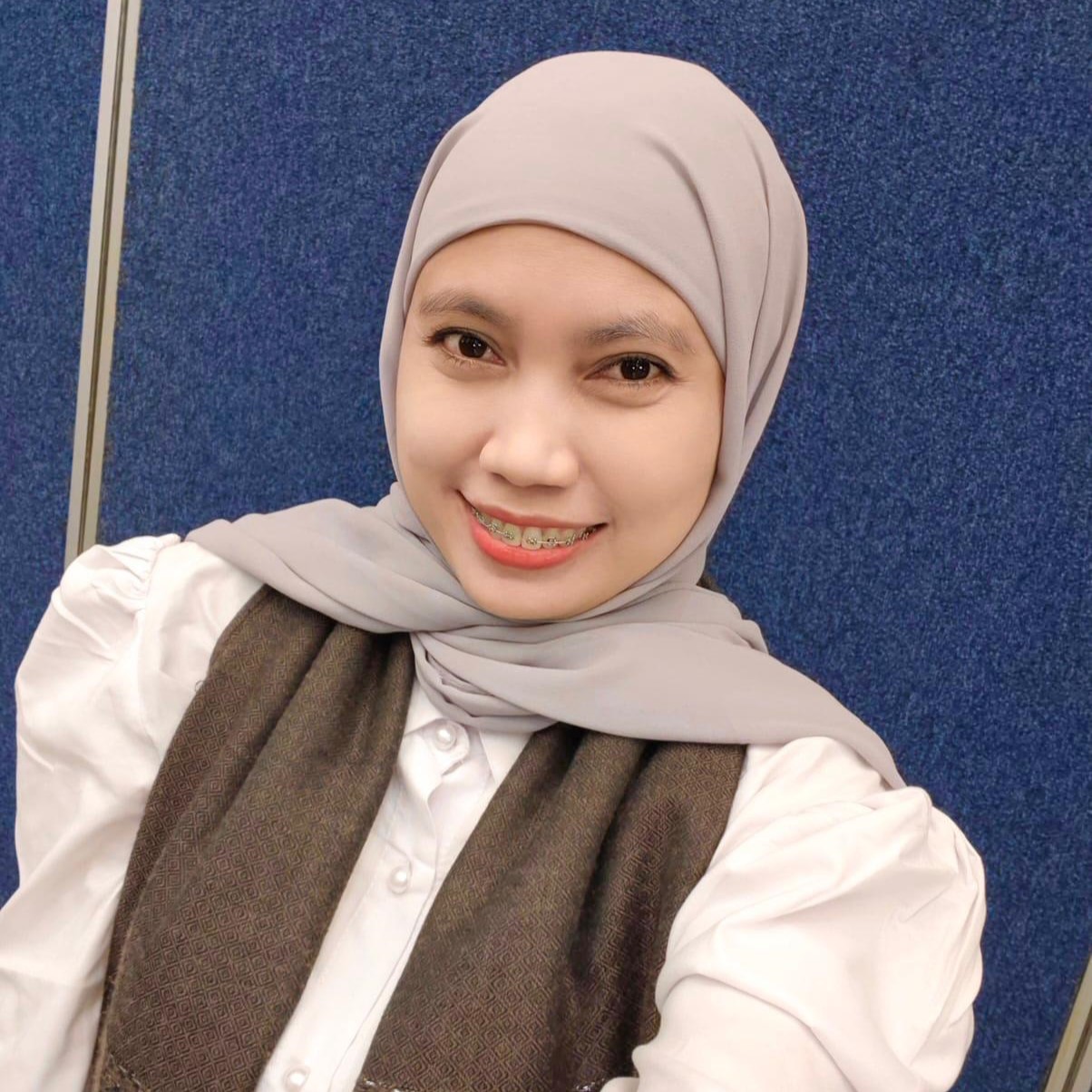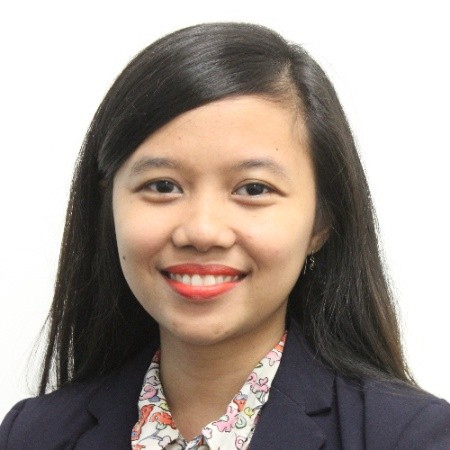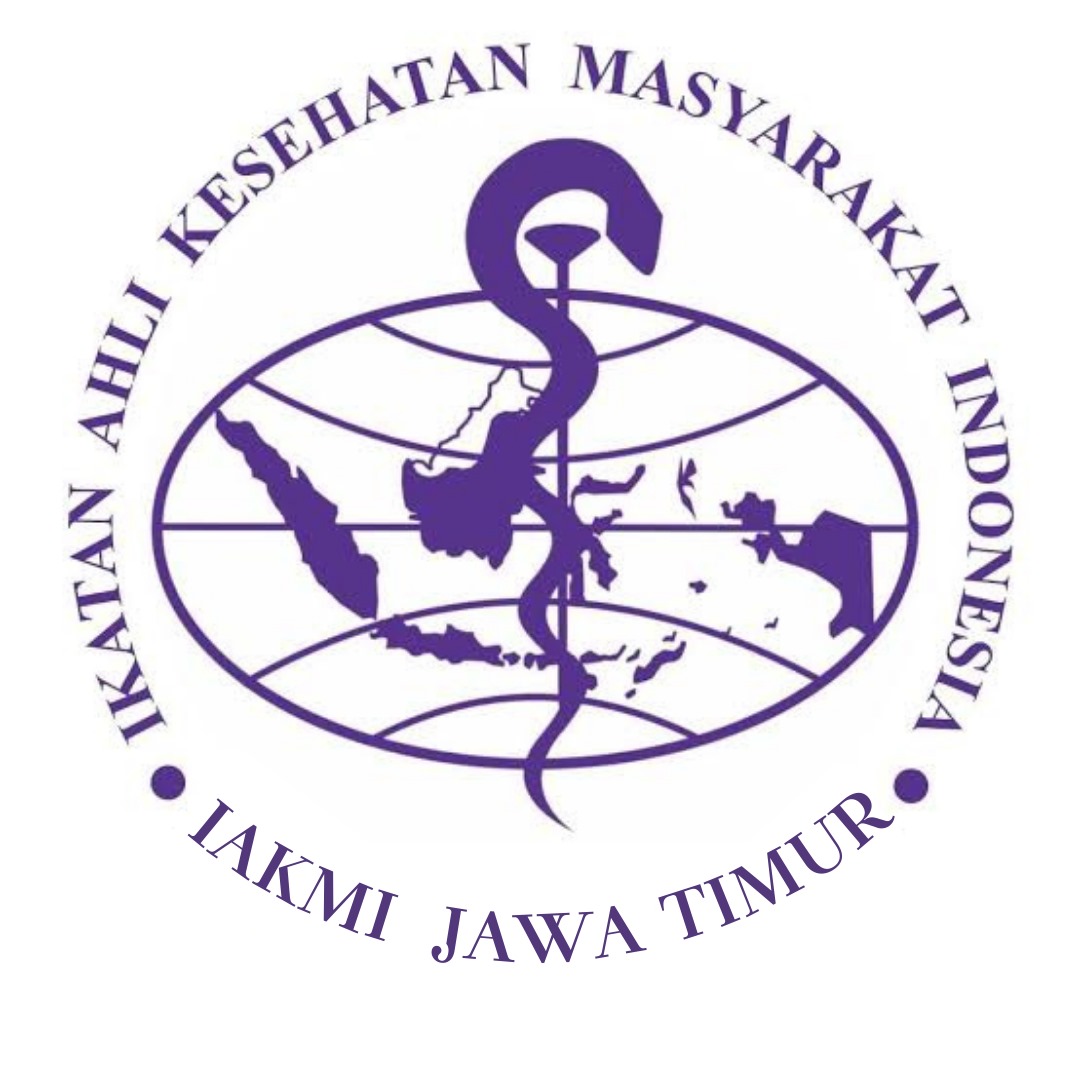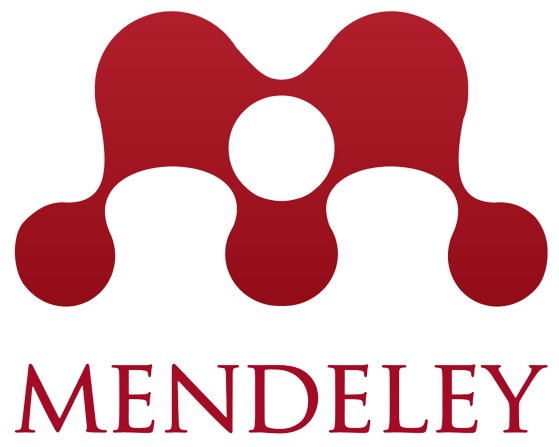Analysis Alternative Priority Problem-Solving Infection Prevention and Control in Guido Valadares National Hospital Dili Timor-Leste
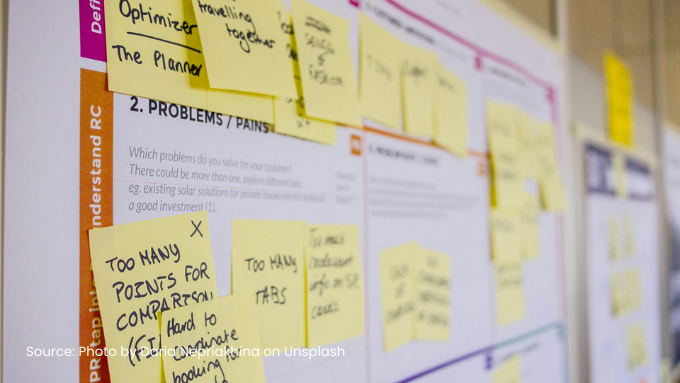
Downloads
Introduction: Infection prevention and control in hospitals is a practical approach based on real evidence to prevent patients, families and visitors as well as health workers from the risk of infection.
Purpose: Purpose of this study was to determine alternative priorities for solving infection prevention and control problems at Hospital Nacional Guido Valadares Dili, Timor Leste.
Methods: The method used in this research is qualitative research using interviews and focus group discussions involving 3 key informants consisting of the Executive Director, Clinical Director and Director of nursing and midwifery and 16 informants consisting 1 head of the Quality Control department, 13 head of rooms and 2 educators. Data analysis through several stages, namely problem identification, problem prioritization with the non-scoring Delphi, root cause of the problem with the Fishbone diagram and determining alternative priority problem-solving using the Capability, Accessibility, readiness and leverage (CARL) method.
Results: The results of the analysis show that the prevention and control of infections that are not running optimally have obstacles from the Human Aspects, Methods, Budget, Material and Machine or tools, based on the results of the analysis of alternative problem-solving priorities using the CARL method from the first and second rank are Conducting training for surveillance personnel, monitoring and evaluating infection prevention and control activities regularly.
Conclusion: Based on the analysis of alternative priority problem solving using the CARL Method is to organize training for surveillance personnel, conduct regular monitoring and evaluation of prevention activities. Monitoring and evaluation should be carried out regularly to monitor the implementation of intervention activities and evaluate infection prevention and control activities, surveillance activities so as to ensure targeted achievements.
Alhumaid, S. et al. (2021) “Knowledge of infection prevention and control among healthcare workers and factors influencing compliance: a systematic review,” Antimicrobial Resistance and Infection Control, 10(1), pp. 1–32. Available at: https://doi.org/10.1186/s13756-021-00957-0.
Curless, M.S., Gerland, M.A. and Maragakis, L.L. (2018) “Infection Prevention and Control; Reference Manual for Health Care Facilities with Limited Resources,” Jhpiego, 12(3), pp. 42–52. Available at: https://doi.org/www.jhpiego.org.
Dutta, J. and Giri, M. (2012) “Hospital Infection: Prevention and Control,” Emerging and Re-emerging Infectious Diseases, pp. 21–21. Available at: https://doi.org/10.5005/jp/books/11674_6.
Ezzati, F., Mosadeghrad, A.M. and Jaafaripooyan, E. (2023) “Resiliency of the Iranian healthcare facilities against the Covid-19 pandemic: challenges and solutions,” BMC Health Services Research, 23(1), pp. 1–16. Available at: https://doi.org/10.1186/s12913-023-09180-6.
Habboush, Y., Yarrarapu, S.N.S. and Guzman, N. (2023) “Infection Control,” Digital Mammography: A Holistic Approach, pp. 281–288. Available at: https://doi.org/10.1007/978-3-031-10898-3_25.
Hamidah, * et al. (2023) “The Influence of Hospital Facilities and Services on Patient Satisfaction with Hospital Image as an Intervening Variable at Haji Abdul Manan Simatupang General Hospital,” Jurnal Bintang Manajemen (JUBIMA), 1(3), pp. 97–112. Available at: https://doi.org/.
Hurint, A.S. (2021) “Analisis Masalah Demam Berdarah Dengue di Kabupaten Magetan Provinsi Jawa Timur,” Jurnal Kesehatan Global, 4(2), pp. 92–102. Available at: https://doi.org/10.33085/jkg.v4i2.4832.
Kruk, M.E. et al. (2018) “High-quality health systems in the Sustainable Development Goals era: time for a revolution,” The Lancet Global Health, 6(11), pp. e1196–e1252. Available at: https://doi.org/10.1016/S2214-109X(18)30386-3.
Leany, T. et al. (2023) “Diagnosis Komunitas Dalam Upaya Peningkatan Cakupan Cikupa , Kecamatan Cikupa , Kabupaten Tangerang , Provinsi,” 3(4), pp. 202–213. Available at: https://doi.org/Prefix 10.31539.
Magadze, T.A. et al. (2022) “The impediments of implementing infection prevention control in public hospitals: Nurses’ perspectives,” Health SA Gesondheid, 27, pp. 1–8. Available at: https://doi.org/10.4102/hsag.v27i0.2033.
Mangindara, M. et al. (2022) “Edukasi Pelayanan Prima di RSKD Ibu dan Anak Pertiwi Makassar,” Padma, 2(2), pp. 123–128. Available at: https://doi.org/10.56689/padma.v2i2.692.
McMillan, S.S., King, M. and Tully, M.P. (2016) “How to use the nominal group and Delphi techniques,” International Journal of Clinical Pharmacy, 38(3), pp. 655–662. Available at: https://doi.org/10.1007/s11096-016-0257-x.
Ministerio da Saude (2014) “Hospital Nacional Guido Valadares: Functional Analysis Report.” Available at: https://doi.org/https://theasiadialogue.com.
Ministerio da Saude (2021) “REGULAMENTO INTERNO DO HOSPITAL NACIONAL GUIDO VALADARES,” pp. 1–75. Available at: https://doi.org/https://www.mj.gov.tl.
Ngatindriatun, N., Alfarizi, M. and Arifian, R. (2023) “Green hospital practices on patient’s satisfaction in Indonesian hospital: medical specialist department case investigation,” Journal of Modelling in Management, ahead-of-p(ahead-of-print). Available at: https://doi.org/10.1108/JM2-05-2023-0108/FULL/XML.
Nofraianti, Rahayu, E.P. and Purwonegoro, H.M. (2022) “Prosiding Forum Ilmiah Tahunan IAKMI (Ikatan Ahli Kesehatan Masyarakat Indonesia) ANALISIS PENGGUNAAN ALAT PELINDUNG DIRI TERHADAP KESELAMATAN KERJA PETUGAS LABORATORIUM KLINIS DI RSUD DUMAI,” Prosiding Forum Ilmiah Tahunan IAKMI (Ikatan Ahli Kesehatan Masyarakat Indonesia), (November), pp. 1–6. Available at: https://doi.org/http://jurnal.iakmi.id/index.php/FITIAKMI.
Purssell, E. and Gould, D. (2023) “Infection prevention and control in healthcare settings,” p. 374. Available at: https://doi.org/https://www1.health.nsw.gov.au.
Sianne Wijaya and Zita Atzmardina (2024) “Diagnosis Komunitas Dalam Upaya Penurunan Kasus Kekurangan Energi Kronik Pada Ibu Hamil Di Desa Talaga, Wilayah Kerja Puskesmas Cikupa,” Jurnal Kedokteran dan Kesehatan : Publikasi Ilmiah Fakultas Kedokteran Universitas Sriwijaya, 11(1), pp. 16–21. Available at: https://doi.org/10.32539/jkk.v11i1.223.
Soeripto, N.D. (2019) “the Implementation of Clinical Procedures in the Vertical Referral System in a Primary Healthcare Center,” Indonesian Journal of Health Administration, 7(1), pp. 73–80. Available at: https://doi.org/10.20473/jaki.v7i1.2019.73-80.
Tanjung, H., Suhandi, T. and Tanzila, W. (2020) “Analisis Strategi Pengelolaan Wakaf Uang di Indonesia (Pendekatan Metode Delphi),” Al Maal: Journal of Islamic Economics and Banking, 2(1), p. 1. Available at: https://doi.org/10.31000/almaal.v2i1.2592.
Tsofa, B., Molyneux, S. and Goodman, C. (2016) “Health sector operational planning and budgeting processes in Kenya-"never the twain shall meet",” The International journal of health planning and management, 31(3), pp. 260–276. Available at: https://doi.org/10.1002/hpm.2286.
Tyas Ratih Cahyaning (2020) “Penentuan Prioritas Masalah Kesehatan Dan Jenis Intervensi Di Rw 13 Dan Rw 14 Kelurahan Ampel Kecamatan Semampir Surabaya Tahun 2018 Penentuan Prioritas Masalah Kesehatan Dan Jenis Intervensi Di Rw 13 Dan Rw 14 Kelurahan Ampel Kecamatan Semampir Surabaya ,” Jurnal Penelitian Kesehatan, 18(1), pp. 10–13. Available at: https://doi.org/10.35882/jpk.v18i1.2.
Copyright (c) 2024 Virgilio Soares

This work is licensed under a Creative Commons Attribution-ShareAlike 4.0 International License.
Media Gizi Kesmas by Unair is licensed under a Creative Commons Attribution-ShareAlike 4.0 International License.
1. The journal allows the author(s) to hold the copyright and to retain the publishing right of the article without restrictions.
2. The legal formal aspect of journal publication accessibility refers to Creative Commons Attribution-Share-Alike (CC BY-SA).
3. The Creative Commons Attribution-Share-Alike (CC BY-SA) license allows re-distribution and re-use of a licensed work on the conditions that the creator is appropriately credited and that any derivative work is made available under "the same, similar or a compatible license”. Other than the conditions mentioned above, the editorial board is not responsible for copyright violations.


